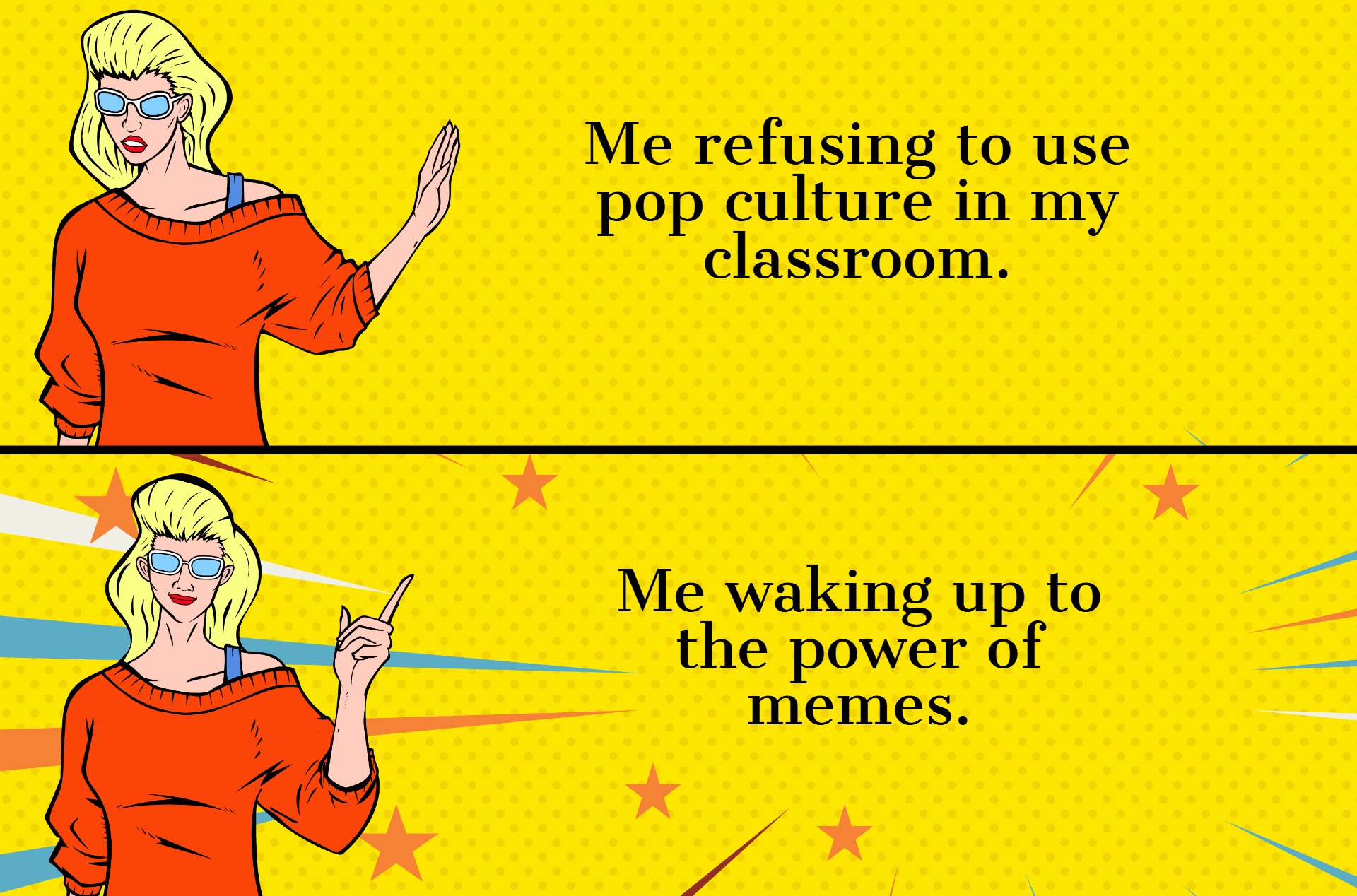Making ambitious research look feasible
How to create global coherence and internal alignment in your research grant applications.

Question:
We’re preparing for our upcoming SSHRC Partnership Grant application, which we’re planning to run on an ambitious timeline. How can we prove to an adjudication committee that we’re equipped to meet our big goals? What can we do to quell skepticism? Our team has a strong track record of productivity, but what we’re looking to do in this project is fairly innovative.
– Anonymous, Asian studies
Dr. Editor’s response:
You’re right to be worried about plans that seem unachievably ambitious, as almost a third of the scoring for SSHRC’s Partnership Grants are allocated to feasibility – so charting an impossible course can sink your chances of a successful application.
One option is always to scale back your ambitions: put forward a timeline that is obviously achievable and downplay the novelty of your work. There may be merit in such a pragmatic approach. As Gallo et al. (2018) have shown, grant proposals that feature highly novel work are often considered high-risk and so can receive lower scores than less original “tried and true” proposals.
However, if your team isn’t willing to compromise on its big goals, then your best strategy for demonstrating the feasibility of your project is to craft an application with strong global coherence and all its components in alignment.
Global coherence
Just as a topic sentence introduces a clear, cohesive, well-structured paragraph, so too should the opening few sentences in each section of your eight-page project description state the point of that section and introduce what will come. For instance, rather than starting your proposal with the background and context that informs your proposed work, begin instead by articulating what your project will do and why your work matters.
In Style: Lessons in Clarity and Grace, Joseph Williams argues that academic writers – those concerned with big, conceptual problems, rather than the small-scale practical problems that occupy columns like this one – are motivated to address the “intolerable consequences” of some discrete “condition, situation, or recurring event: terrorism, rising tuition, binge drinking, anything that has the potential to cause trouble.”
Too often, grant writers will open their proposals with a consideration of the causes of the condition, situation, or recurring event, describing what we know and don’t know about the reason behind the consequences we find so intolerable. The risk with such a strategy is that these big-picture conditions, situations, and recurring events are too complex to solve with a single Partnership Grant or to unpack in a single Stage 1 proposal – no matter how ambitious or innovative. So rather than opening with your background, instead start by stating, in one or two sentences, what your project seeks to accomplish. By clearly articulating the concrete aim of your proposed work, your reader will be better able to understand the point of the background and context that follows.
Similarly, as you open any subsequent subsections of your project description – sections on methodology, team membership, or knowledge exchange and mobilization – provide a few short sentences that speak, at a high level, to what you’ll be doing and why you’ll be doing it that way. In these opening segments, you might consider using the keyword seeding approach that I describe in my January 2021 piece, “Writing to be heard online.”
Achieving coherence at this global, whole-document scale will make your grant proposal easier to read and understand, which in turn should make your writing seem more credible – countering the concern that many grant reviewers have about risky research.
Internal alignment
Big grant applications like Project Grants often need to pass through multiple sets of hands. All these different tinkerers can shift the timeline, budget, or phrasing of the research plan so they’re no longer in alignment. Maybe the body of the draft refers to Stages 1 through 4, but the timeline is divided into “recruitment,” “data collection” and “analysis.” It’s too much to ask reviewers to do the work of mapping multi-part methods onto a timeline with differently labelled components. Don’t be afraid to name parts of your proposal and to keep repeating those same keywords, as your project description isn’t the place to demonstrate your linguistic dexterity.
Your plans will look more achievable when you are able to detail how each objective will be met by your selected methods, how your methods play out in your timeline, and how your budget supports each of your timeline’s activities.
So, for instance, if your project’s knowledge exchange plan involves substantive community engagement, then your timeline will need to include these activities, and your budget must cover the costs of community members’ participation. In turn, your methods will need to clarify how you will integrate community input, and your objectives should speak to the contributions that the community will make to your project as a whole.
When your timeline is ambitious and your goals are big, it’s important that your reviewers understand how the discrete components of your Partnership Grant proposal fit together. By labelling the parts of your proposed project and showing how the objectives, methods, timeline and budget all align within these parts, you’ll show your reviewers that your team is aligned in its goals as well, and so will make your project seem less risky, and thus more fundable.
Featured Jobs
- Psychology - Assistant Professor (Speech-Language Pathology)University of Victoria
- Canada Excellence Research Chair in Computational Social Science, AI, and Democracy (Associate or Full Professor)McGill University
- Veterinary Medicine - Faculty Position (Large Animal Internal Medicine) University of Saskatchewan
- Business – Lecturer or Assistant Professor, 2-year term (Strategic Management) McMaster University
















Post a comment
University Affairs moderates all comments according to the following guidelines. If approved, comments generally appear within one business day. We may republish particularly insightful remarks in our print edition or elsewhere.